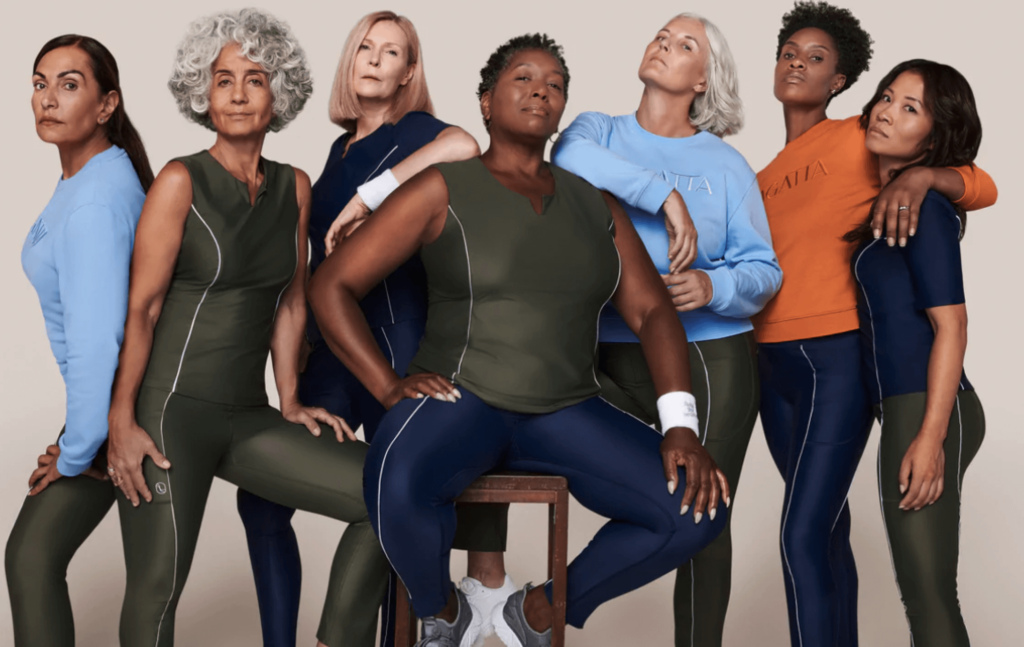Jill is planning to retire. She’s 55, which is the average retirement age in Australia.
Jill was born in 1968 when her life expectancy was 70 years.
As of 2023 Jill’s life expectancy is now 84 years, or a 20% increase over the course of her life – so far. Assuming she lives to be 84, by that time, Jill’s life expectancy will have increased again to be 87 years.[i]
People everywhere are living longer. Most countries, including Australia, are facing major challenges to ensure that their health, financial and social systems are ready for this demographic shift.
And as Jill demonstrates, it’s not just that our population is ageing, its that the pace of population ageing is much faster than in the past.
By 2050, nearly a quarter of the world’s population will be aged over 60 years and as predictions go, that one’s going to be pretty accurate. To be aged 60 in 2050 you’re currently at least 33 years of age and you were born in the last millennium![ii]
Better access to care and a greater understanding of age-related diseases and how to treat them, are key drivers to longevity. But one of the biggest drivers is greater financial stability. Older Australians still face the challenges of living on fixed incomes, however, an expanded focus on long-term life planning, better management of resources and access to investment products, combined with huge growth in the value of property have seen most people better prepared for their retirement years.
So, what does that mean for marketers and the brands they represent? How do you market affectively to older Australians who rapidly are becoming the age of majority?
People aged over 55 in Australia are an economic force that is, and will continue to, transform marketing and digital strategies and well as product and UX design. While many brands continue to focus on marketing to younger consumers, some are seeking to unlock the value in those consumers aged 55+.
Across Australia, 27% of the population is aged over 55 years – a total of 6.4 million people.
Specifically, those aged 55 to 64 years have the highest net wealth[iii] of any age group at $1.2million and still retain an average annual household income of nearly $112,000, which is 86% of that earned by GenX, and is also increasing faster than their younger counterparts[iv].

So how do brands unlock this value?
Primarily, don’t assume that older people will ‘act their age’. Studies since the 1980s have demonstrated a significant gap between a person’s ‘felt’ and chronological ages. In simple terms, we think we’re younger than we really are – up to 13 years younger in fact[v].
This is potentially hugely powerful for brands, but only if they stay away from stereotypical or negatively biased images of older consumers – as these tend to reduce the perceived gap to a consumers real chronological age.
Simply put, when brands get it wrong they make people feel older and a 2018 survey by UM in the UK revealed that brands are getting it wrong a lot of the time. 44% of British women age 50+ who responded to the survey, found advertising targeting their demographic to be patronising, with 27% saying those same commercials reinforced negative stereotypes of older consumers.
Brands often prefer to target younger consumers, who arguably, have a potentially greater LTV based on their current age. That said, when Jill retires this year, she’s still got close to 40 years of consumerism to come, and studies show that 52% of older consumers[vi] are willing to try new brands and are often more loyal to those new brands if they like them[vii]!
The founder and owner of active wear brand Lagatta which targets women aged 40+ agrees and is quoted on thingtesting.com as saying[viii]:
“It takes longer to acquire a [older] customer, but they are loyal, and when they love your brand, they really do love it. It’s definitely worth it in terms of lifetime value.”

[i] Macrotrends, Australian’s Life Expectancy
[ii] World Health Organisation, Ageing and Health
[iii] ABS Household Income and Wealth data, 2015
[iv] McCrindle, Australia’s Generations by Wealth and Income
[v] bbc.com, The age you feel means more than your actual birth date.
[vi] Revolution55, Age of Majority
[vii] eMarketer, What makes consumers loyal to brands
[viii] Thing Testing, Building for Boomers

